The Internet of Things (IoT) technology promises large networks of connected devices collecting data for monitoring and optimizing medical, manufacturing, infrastructure, and energy industries. Billions of wireless sensors are expected to be installed over the coming decade, with almost half to be located inside buildings. Currently, the use of batteries to power these devices places significant constraints on their power consumption, where the range and frequency of data transmission are curtailed to achieve sufficient battery life. Moreover, the range of applications is also limited to the ones that allow battery replacement, which also involves additional operation and maintenance costs.
Indoor photovoltaics (IPV) has the potential to overcome these hardware issues for a future IoT-connected grid, providing reliability and longer operational lifetimes in wireless sensor networks. Persistently powering individual devices by harvesting ambient light using small PV cells (a few cm2) is becoming possible for more and more wireless technologies and devices.
IPV cells located indoors harvest the energy emitted by artificial light sources, with the light power density typically three orders of magnitude less than sunlight (1-2 vs 1000 W/m2). Operating PV cells at such low illumination intensities, combined with the significant differences in incandescent, CFL, LED, halogen, and solar spectra, have a significant impact on cell performance under indoor lighting conditions.
Silicon, the dominant cell material for outdoor terrestrial applications, shows ambient light harvesting efficiencies as low as 8% because of its narrow band gap. In fact, the optimum bandgap for IPV is higher than that of Si (1.1 eV), around 2.0 eV, thanks to the narrower range of wavelengths available for conversion, leading to reduced thermalization losses. Different technologies well match this requirement together with good absorption properties, and many of them are present among the expertise developed in Mib-solar center: CZTSSe, organic photovoltaic, dye-sensitized solar cells and perovskite solar cells are all under investigation in literature, with some very promising results.
For this reason, Mib-solar center is developing a novel research line focused on indoor light capture and reuse, in particular studying DSSC filled with eco-friendly Deep Eutectic Solvents-based electrolyte solutions. In fact, especially from an indoor perspective, safe, non-volatile and non-flammable solvents indubitably represent a plus in the development of sustainable energy sources for portable electronics and IoT devices. Furthermore, the development of dyes with a proper absorption spectrum, well matching the emission spectrum of the light source (e.g. neon or LED lamps), should allow for better light harvesting and higher efficiency of the cell. Finally, a proper functionalization of the dye aimed at specific interactions with the components of DESs could also improve the performance and/or the temporal stability of the device.
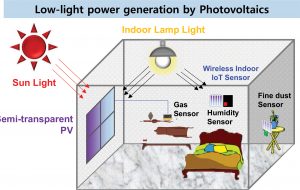
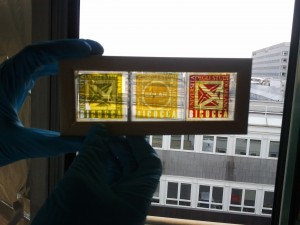
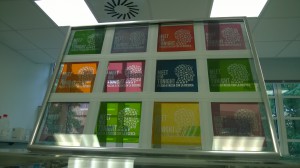
Research team: Prof. Alessandro Abbotto (Full Professor), Prof. Norberto Manfredi (Associate Professor), PhD Ottavia Bettucci (Assistant Professor), PhD Chiara Liliana Boldrini (Lab technician), Giorgia Salerno (PhD student).
- Boldrini, C.L., Quivelli, A.F., Perna, F.M., Biagini, P., Capriati, V., Abbotto, A., Manfredi, N., “Top-ranked efficiency under indoor light of DSSCs enabled by iodide-based DES-like solvent electrolyte” Sustainable Energy Fuels 2024, 8, 504-515
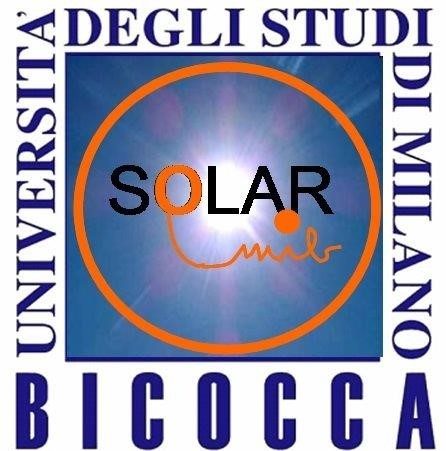
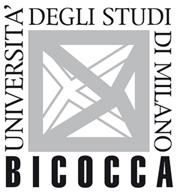 '
'